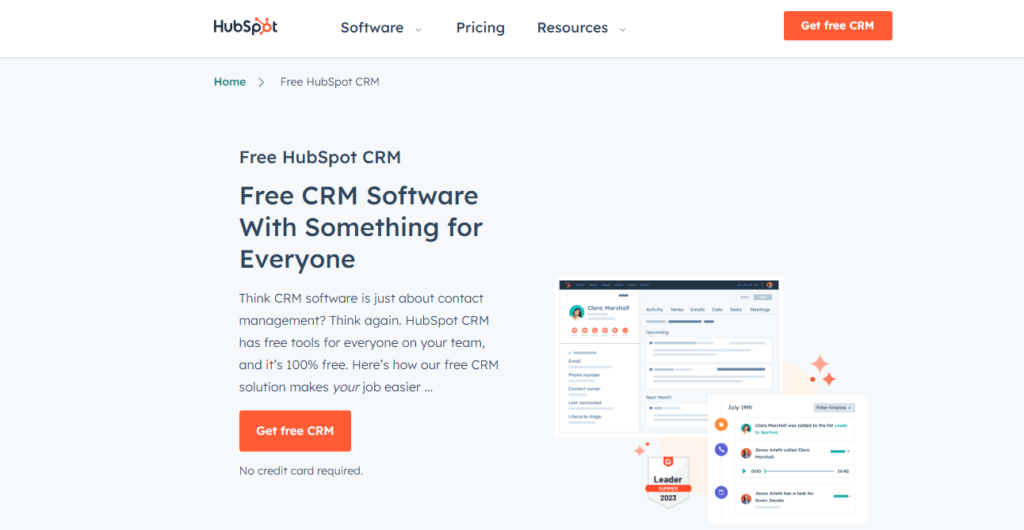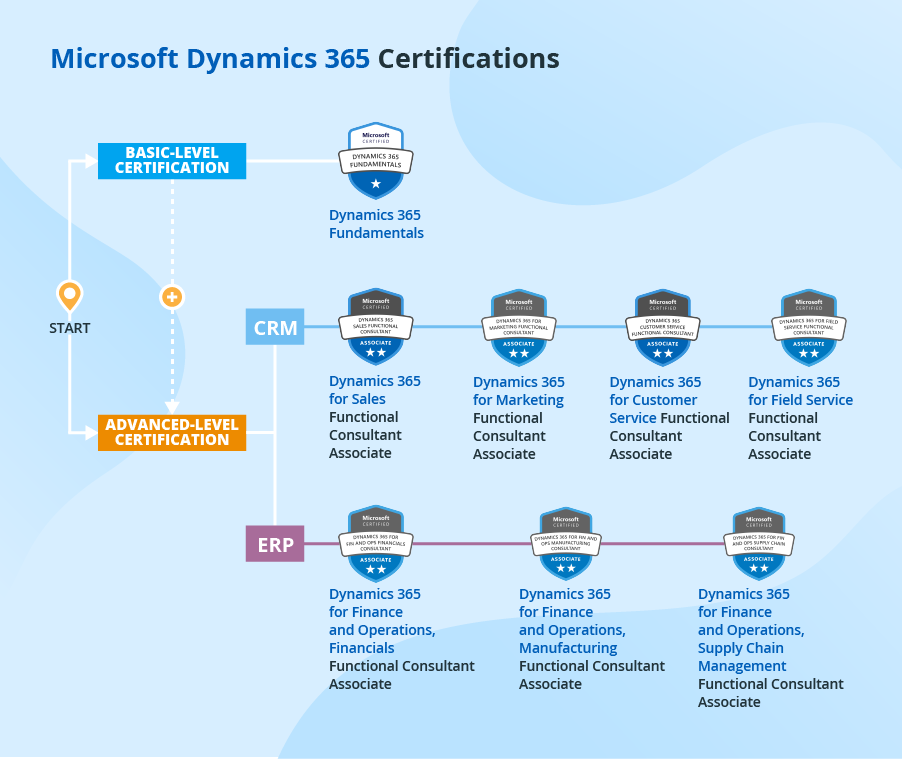The Ultimate Guide to ERP: Transforming Businesses for the Digital Age
In today’s fast-paced, data-driven world, businesses are constantly seeking ways to streamline operations, improve efficiency, and stay ahead of the competition. Enter ERP (Enterprise Resource Planning), a game-changing technology that has revolutionized how organizations manage their resources, processes, and data. But what exactly is ERP, and why is it so critical for modern businesses? In this comprehensive guide, we’ll dive deep into the world of ERP, exploring its benefits, real-life applications, and how it can transform your business for the digital age.
What is ERP?
At its core, ERP is a software system that integrates various business functions into a single, unified platform. Think of it as the central nervous system of an organization, connecting departments like finance, human resources, supply chain, manufacturing, and customer relationship management (CRM). By consolidating data and processes, ERP systems eliminate silos, reduce redundancy, and provide real-time insights to drive better decision-making.
The term ERP might sound technical, but its purpose is simple: to make businesses more efficient, agile, and competitive. Whether you’re a small startup or a multinational corporation, implementing an ERP system can be a game-changer.
Why ERP Matters in Today’s Business Landscape
The business world is more complex than ever. Companies are dealing with global supply chains, remote workforces, and ever-changing customer demands. In this environment, manual processes and disconnected systems simply don’t cut it. Here’s where ERP shines:
- Streamlined Operations: By automating repetitive tasks and integrating workflows, ERP systems save time and reduce errors.
- Data-Driven Decisions: With real-time analytics and reporting, businesses can make informed decisions faster.
- Improved Collaboration: ERP breaks down departmental silos, fostering better communication and teamwork.
- Scalability: As your business grows, ERP systems can scale with you, adapting to new challenges and opportunities.
Real-Life Examples of ERP in Action
Let’s take a look at how real companies are leveraging ERP to achieve remarkable results:
Case Study 1: Nike’s Supply Chain Transformation
Nike, a global leader in sportswear, faced challenges with its fragmented supply chain. By implementing an ERP system, the company streamlined its operations, reduced lead times, and improved inventory management. The result? Faster product delivery and happier customers.
Case Study 2: Tesla’s Manufacturing Efficiency
Tesla’s success isn’t just about innovation; it’s also about efficiency. The company uses ERP to manage its complex manufacturing processes, ensuring that every component is tracked and optimized. This has allowed Tesla to scale production while maintaining quality.
Key Features of a Modern ERP System
Not all ERP systems are created equal. Here are some must-have features to look for:
1. Cloud-Based Architecture
Modern ERP systems are often cloud-based, offering flexibility, scalability, and remote access. This is especially important in today’s hybrid work environment.
2. AI and Machine Learning
Advanced ERP solutions leverage AI to predict trends, optimize processes, and provide actionable insights.
3. Mobile Accessibility
With mobile-friendly ERP systems, employees can access critical data and tools from anywhere, at any time.
4. Customization and Integration
Every business is unique. A good ERP system should be customizable and integrate seamlessly with other tools and platforms.
Benefits of Implementing an ERP System
The advantages of ERP are vast and impactful. Here are some of the top benefits:
1. Cost Savings
By automating processes and reducing manual labor, ERP systems can significantly cut operational costs.
2. Enhanced Productivity
With streamlined workflows and real-time data, employees can focus on high-value tasks instead of getting bogged down by administrative work.
3. Better Customer Experience
ERP systems provide a 360-degree view of customer interactions, enabling businesses to deliver personalized and timely service.
4. Regulatory Compliance
Staying compliant with industry regulations is easier with ERP, as it ensures accurate record-keeping and reporting.
Challenges of ERP Implementation
While the benefits are clear, implementing an ERP system isn’t without its challenges. Common hurdles include:
1. High Initial Costs
The upfront investment for ERP software and implementation can be substantial. However, the long-term ROI often justifies the expense.
2. Change Management
Transitioning to a new system requires buy-in from employees and thorough training to ensure a smooth adoption process.
3. Data Migration
Moving data from legacy systems to a new ERP platform can be complex and time-consuming.
4. Customization Complexity
While customization is a strength of ERP, it can also lead to delays and increased costs if not managed properly.
How to Choose the Right ERP System for Your Business
With so many options on the market, selecting the right ERP system can feel overwhelming. Here’s a step-by-step guide to help you make the best choice:
1. Assess Your Needs
Start by identifying your business’s unique requirements. What processes need improvement? What are your growth goals?
2. Set a Budget
Determine how much you’re willing to invest in an ERP system, including implementation and ongoing maintenance costs.
3. Research Vendors
Look for vendors with a proven track record in your industry. Read reviews, request demos, and ask for case studies.
4. Consider Scalability
Choose a system that can grow with your business and adapt to future needs.
5. Evaluate Support and Training
Ensure the vendor offers robust support and training to help your team get up to speed.
The Future of ERP: Trends to Watch
The ERP landscape is constantly evolving. Here are some trends shaping the future of this technology:
1. AI-Powered Automation
AI is taking ERP to the next level, enabling predictive analytics, intelligent automation, and enhanced decision-making.
2. IoT Integration
The Internet of Things (IoT) is creating new opportunities for ERP systems to collect and analyze data from connected devices.
3. Enhanced Cybersecurity
As cyber threats grow, ERP vendors are prioritizing advanced security features to protect sensitive data.
4. Industry-Specific Solutions
More ERP systems are being tailored to meet the unique needs of specific industries, from healthcare to retail.
Expert Insights on ERP
We reached out to industry experts to get their take on the value of ERP:
“ERP is no longer a luxury; it’s a necessity for businesses that want to thrive in the digital age. The ability to integrate data and processes across departments is a game-changer.” – Jane Doe, Business Technology Consultant
“The key to successful ERP implementation is alignment with business goals. It’s not just about the technology; it’s about how you use it to drive value.” – John Smith, ERP Solutions Architect
Conclusion: Is ERP Right for Your Business?
There’s no denying the transformative power of ERP. From streamlining operations to enabling data-driven decisions, this technology has become a cornerstone of modern business success. However, implementing an ERP system is a significant undertaking that requires careful planning, investment, and commitment.
If you’re ready to take your business to the next level, ERP could be the solution you’ve been looking for. By choosing the right system and partnering with experienced professionals, you can unlock new levels of efficiency, productivity, and growth.
So, what are you waiting for? The future of your business starts with ERP.
LSI Keywords: enterprise resource planning software, cloud-based ERP, ERP implementation, ERP benefits, ERP trends, ERP systems, ERP vendors, ERP solutions, ERP integration, ERP customization
Optimized for Featured Snippets:
- What is ERP?
- Benefits of ERP systems
- Challenges of ERP implementation
- How to choose the right ERP system
- Future trends in ERP
By following this guide, you’ll not only gain a deeper understanding of ERP but also be equipped to make informed decisions for your business. Whether you’re just starting your journey or looking to upgrade your current system, ERP is the key to unlocking your organization’s full potential.

